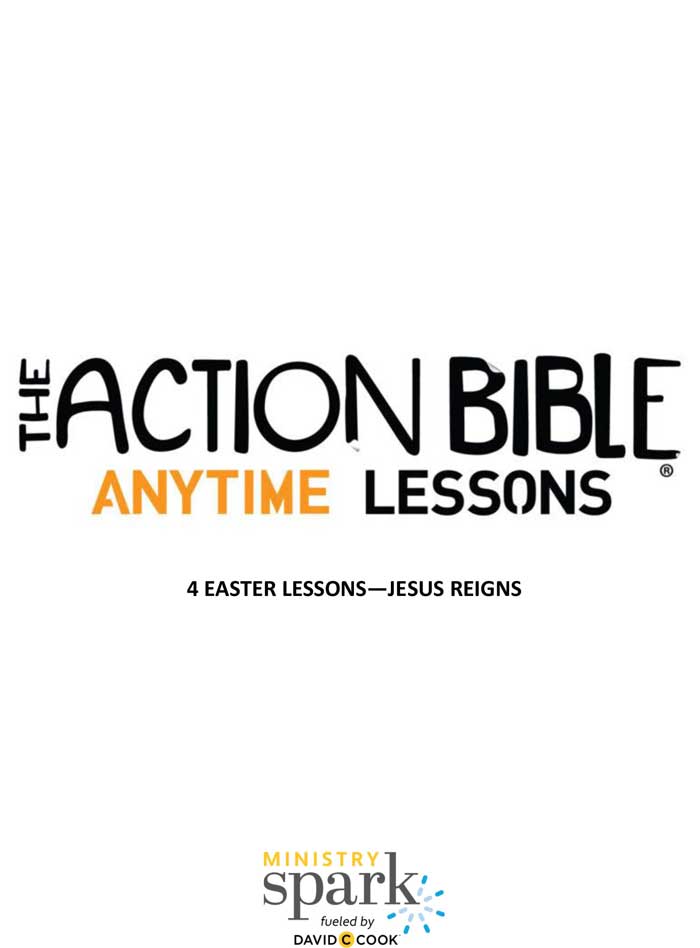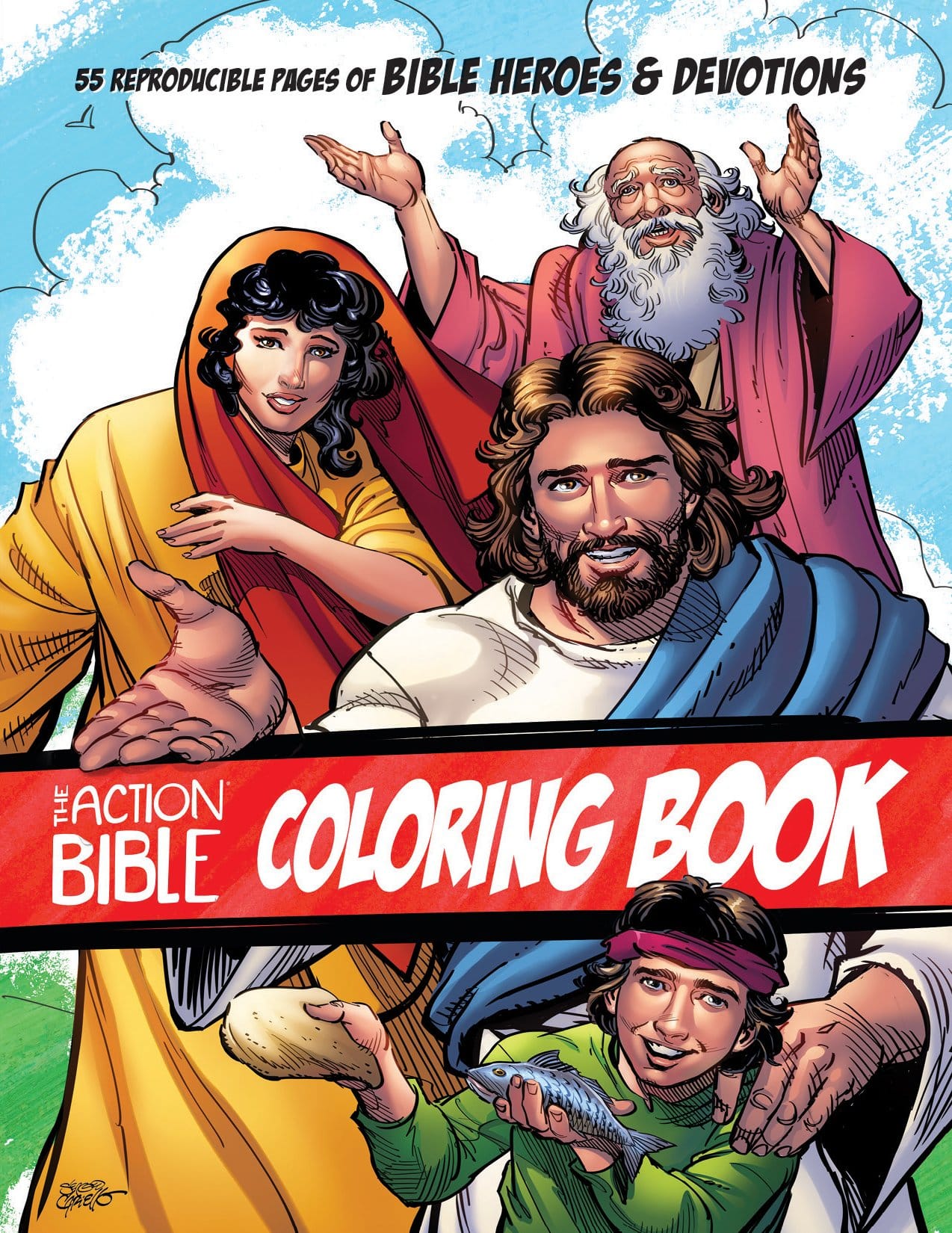Children love to make things with their hands! As infants, they mold their baby food into lumps and then progress to sandcastles, mud pies, and twig figures. Creative art activities engage many of a child’s senses, but the goal of art activities is not simply to make pretty objects to take home and show to parents.
The end result of an art-based Bible learning activity is to provide a stimulating, multi-sensory way for children to learn and apply Bible truths to their lives.
Consider children’s art to be their gift to God
Process Verses Product
Art activities may sometimes have a “product” orientation: to create an attractive object for display by following directions accurately to reproduce a standard item. But in the classroom, focus on the “process” in which creating the art is more significant than the end result.
The advantage to focusing on “process” is that in creating individual pieces of art, children are not judged by their artistic abilities. Children may hesitate to participate in an art experience if they feel their abilities are lacking.
No child should be judged by the ability to accurately draw objects or by who is the neatest in using scissors. All artwork has value!
At times, it is useful to create craft items, but the primary goal of art activities should be to allow self-expression. Simply putting together an object only demonstrates that the child can follow directions. Giving children the freedom to create their own art encourages self-expression, thinking skills, creativity, and greater satisfaction in the final product.
As children work, the observant teacher can gain insights into the child’s interests and understanding. Also, as children are allowed to express their own thoughts and feelings, they come to feel accepted and valued.
There are two reasons for using art activities in teaching:
- Allowing children to be active, rather than passive, participants in learning.
- Putting abstract concepts in concrete terms that children can comprehend.

Tips for Leading Art Activities
Make the art relevant to the Bible lesson.
There is a temptation to use art activities only as time fillers. It’s easy to hand out pages from a Bible coloring page when the lesson runs short. However, even a simple creative art activity that invites a child to express his or her understanding of a Bible story or verse will expand the impact of a lesson on a child’s life.
Take advantage of the tested and proven ideas presented in your curriculum rather than spending precious time developing your own creative ideas each week. If, however, you need additional art ideas, consider these:
- Illustrate scenes of a Bible story to make a book.
- Cooperate with other students on a mural depicting Bible story scenes or contemporary situations in which children are living out Bible truths.
- Use paint or decorative markers and scissors to make praise banners, identifying reasons to thank and praise God.
- Decorate the cover of a prayer journal to be used in class or at home.
- Create puppets to act out ways to demonstrate love for God and others.
No child should be judged by the ability to accurately draw objects or by who is the neatest in using scissors. All artwork has value!
As a child works on an art activity, ask questions to help the child apply the Bible truth:
- What happened just before the scene you are making?
- Which person in this scene do you think is a good example to follow? Why?
- What could you do this week that would show kindness like the good Samaritan did?
- What are you doing in this picture that is the same as what Ruth did in our story?
- How would it help the person in your picture if (she) remembered our Bible verse today?
Be prepared.
Experiment with the materials and the activity before class to be certain that the activity can be finished in the time allowed and that it is not too difficult. Note tips for success that can be shared with the children.
If needed, briefly show a sample of your finished creation when introducing the activity, but then put away the sample to allow children to create in their own way.
Reduce cleanup.
Avoid messy cleanup by providing glue and glitter that come in easy-to-control squeeze pens or tubes. Use erasable colored pencils instead of permanent markers. Cover tables with newspapers or plastic tablecloths. Keep plenty of wastebaskets, paper towels, and cleaning rags on hand.
Have children wear paint smocks or large washable shirts over their clothes.
Give children plenty of time to assist with cleanup. Cooperating together on cleaning up the art materials can be a teaching time for children. Establish a consistent place in your classroom where art projects are placed to dry. As much as possible, avoid art projects that need more than 5 to 10 minutes to dry so that students don’t carry wet objects home.
It’s best not to make art projects that need to be left at church to dry, because some children may not be back the following week for pickup.
Praise the art and the effort.
Consider children’s art to be their gift to God. It is a form of worship! Even the simplest attempt is worthy of acceptance. Praise children for their effort, use of color, creativity, or the joy they show while making the art. Children appreciate that their effort is honored.
Bible Learning Activity or Craft?
Bible Learning Activity
- Children explore, create, and discover with the provided materials.
- Teacher talks informally with children, asking questions and guiding the conversation toward the Bible learning aims; children talk with each other as well as with the teacher.
- Focus is on the process (including the use of materials), group interaction, and the connection to the Bible truth.
- Children choose from two or more activities and decide how they want to complete the activity.
- Small groups work with one activity at a time and move freely from one activity to the other.
Craft
- Children follow predetermined pattern.
- Teacher gives instructions with little opportunity for children to talk.
- Focus is on the product.
- Only one project is offered, and children are expected to produce a similar result.
- Children all work on the same project at the same time.

The Action Bible Anytime Easter Lessons

The Action Bible Coloring Pages











